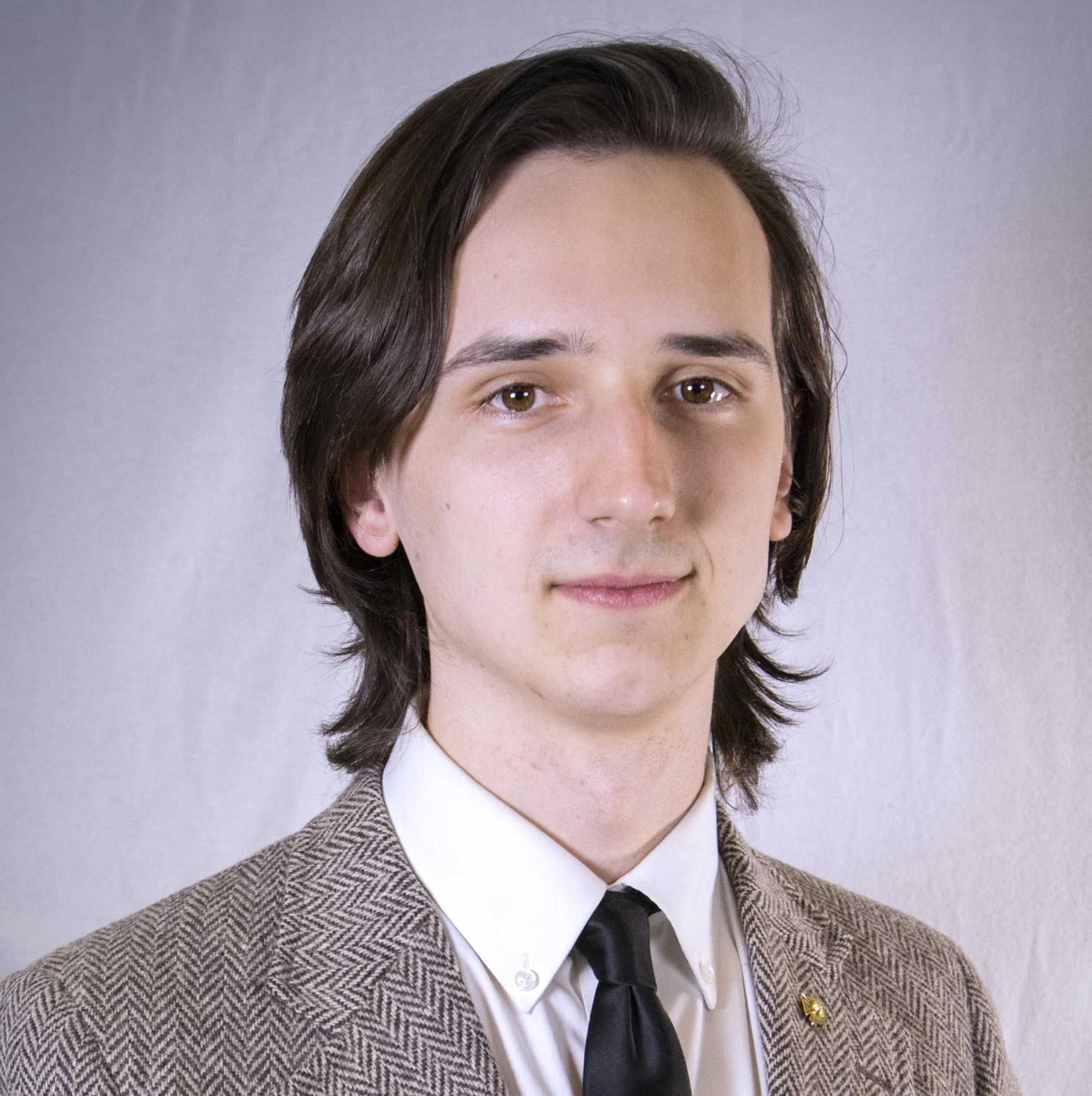Celebration of Scholars
A Spatio-Temporal Visualization and Clustering Analysis of Leukemia and Lymphoma in the United States
 Name:
Joseph Wonsil
Name:
Joseph Wonsil
Major: Computer Science, Geographic Information Science, and Environmental Science
Hometown: Royal Oak
Faculty Sponsor: Wenjie Sun
Other Sponsors:
Type of research: Independent research
Abstract
New cases of blood cancer are expected to account for 10.2% of the estimated 1,688,780 new cancer cases diagnosed in the US in 2017. Leukemia and Lymphoma are blood cancers that, although modern medical science has boosted survival rates, can still be deadly. Spatiotemporal exploratory mapping and clustering analyses were performed in this study to understand the spatial and temporal patterns of the cancers and explore potential risk factors. The Surveillance, Epidemiology, and End Results (SEER) Program hosts data regarding Leukemia and Lymphoma in the United States from 1973 to 2014. This dataset was visualized using a space-time cube, allowing for exploration in both of these dimensions. An Emerging Hot Spot analysis and Local Outlier Analysis were performed on the space-time cube. These analyses helped identify trends in hot and cold spots over time in the study area. These results were then visualized using interactive three-dimensional cartographic methods to best communicate the findings from an analysis featuring an extra dimension. Findings from this research shed light on the spatiotemporal dynamics of Leukemia and Lymphoma and offer insights for public health policies aimed at reducing blood cancers.
Submit date: March 15, 2019, 1:16 p.m.
